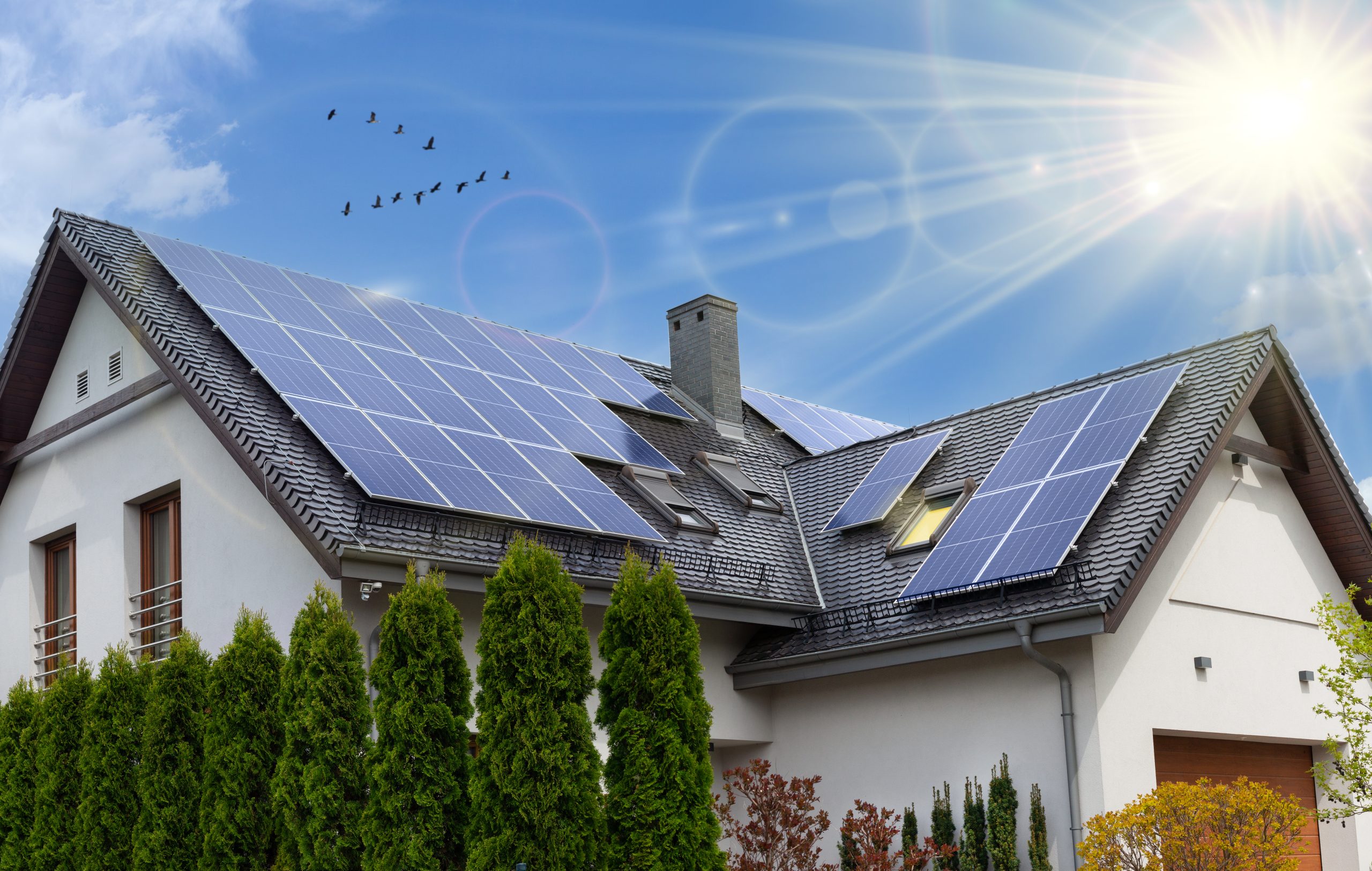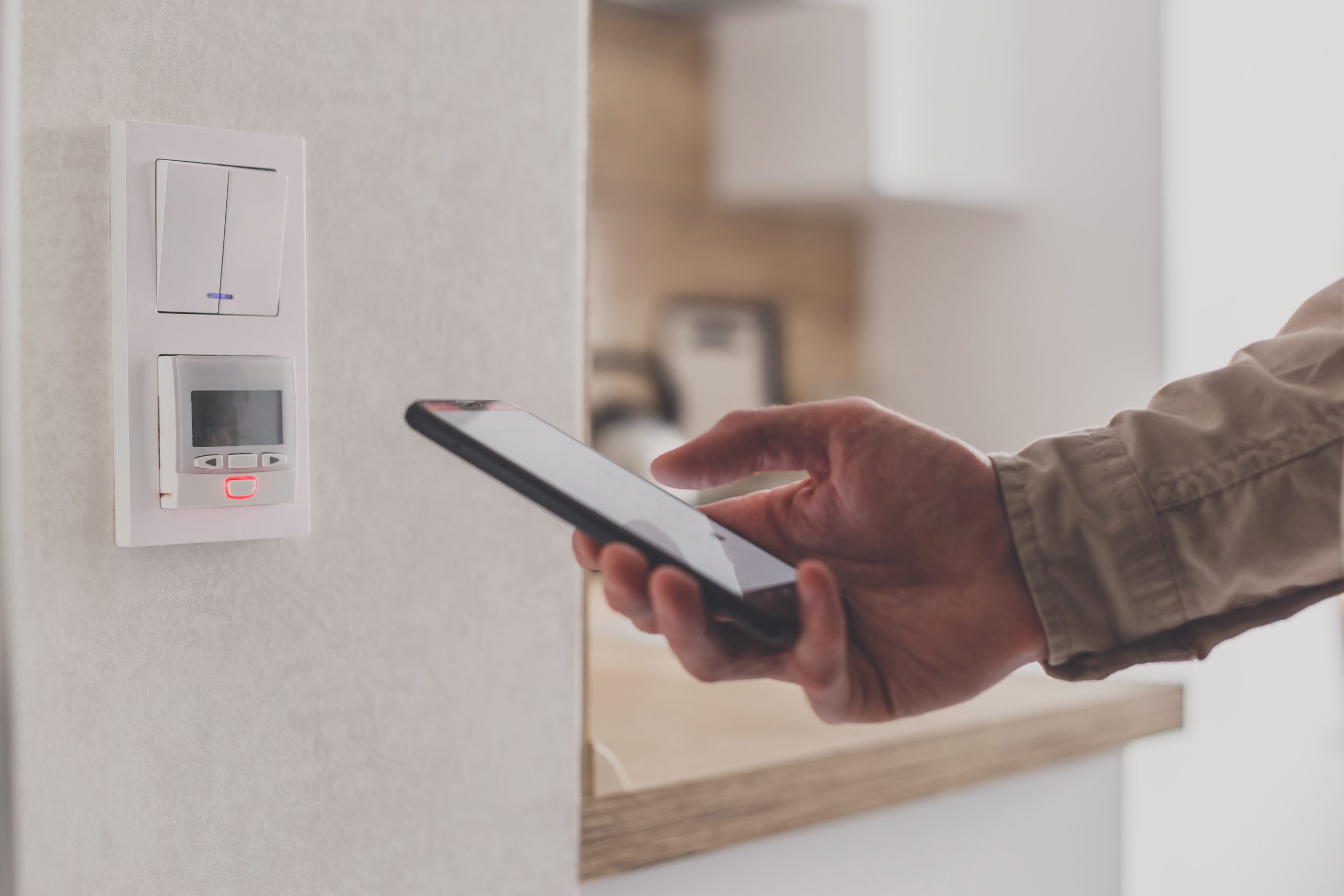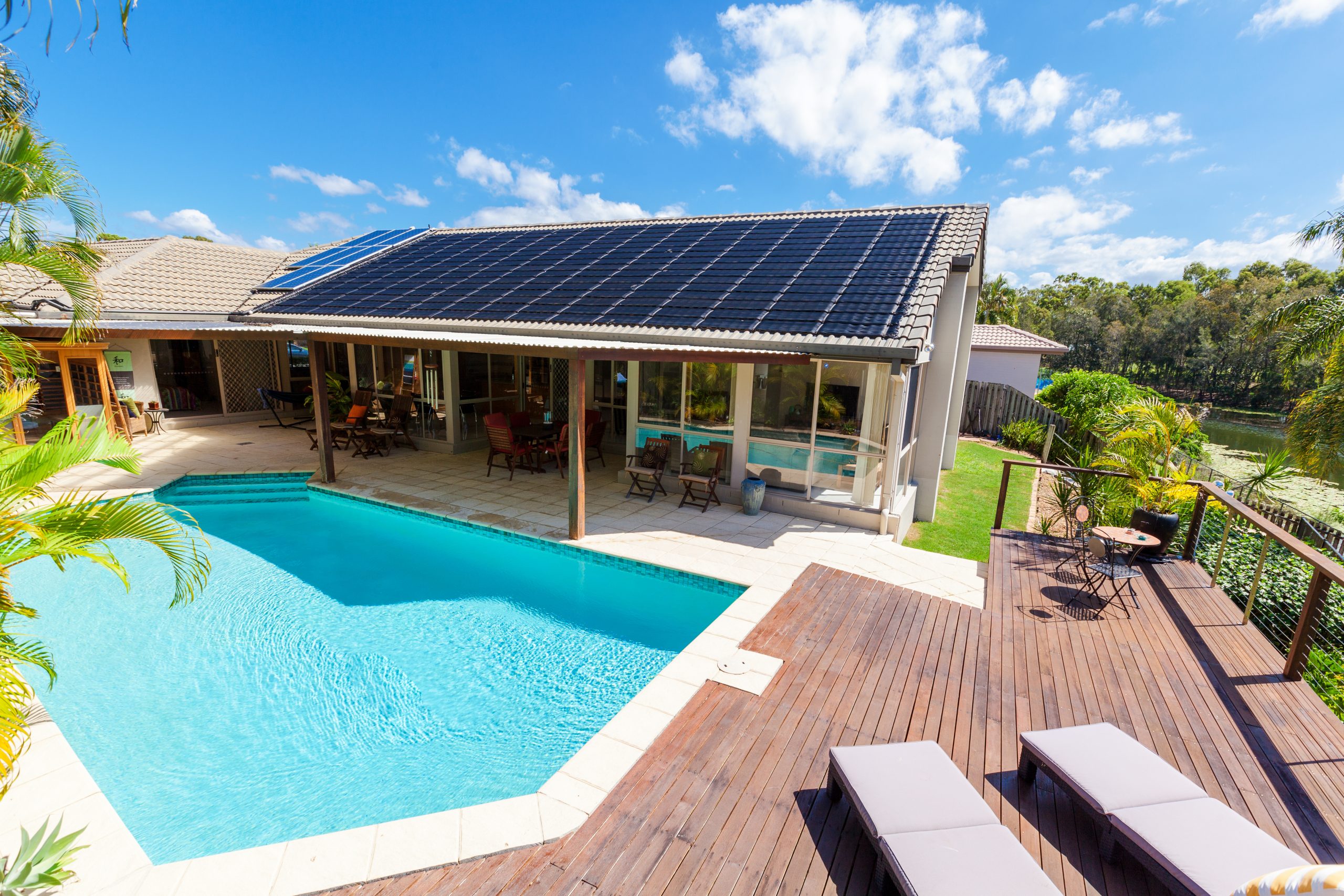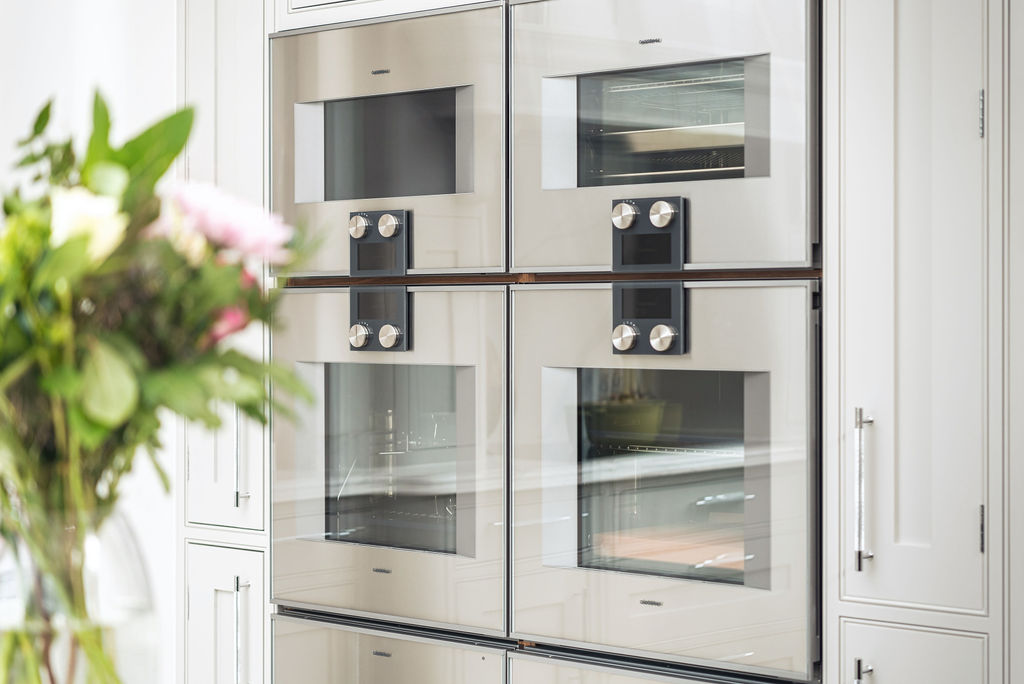
Renewable energy is the way of the future as individually and collectively we find ways to move away from the use of fossil fuels, take care of the environment around us, and by extension, look after ourselves as well.
In the UK, energy production from renewable assets increased with wind, solar and hydro output up by 17% in Q3 2023. Renewable electricity generation grew by 7% compared to the same period the previous year, and as a share of total generation, renewable generation increased to 44.5%, outpacing fossil fuel’s share for the fourth consecutive quarter, according to Government figures.
These are all positive numbers, signalling a more decisive move towards sustainable energy production. Adding to that, the COP28 Summit last year was heralded the “beginning of the end” of the fossil fuel era, with agreements laying down the path for a fast transition underpinned by emissions cuts and scaled-up finance. However, it was clear that while the principles were great, now all governments, businesses and individuals need to turn pledges into reality. The question for those of us at home, is how can we do our bit?
Live like a king
King Charles is very much a leader in this space, and in many ways his example is a great place to look for things that can be done at home – particularly for those with luxury properties or seeking to create high-end homes. The green King has always lived by example in this space – once ridiculed for talking to his plants, it appears he was ahead of the game, and continues to be so.
The Royal Family reports: “Across the residences, about 90% of energy (including green gas and electricity) for office and domestic use comes from renewable sources. Of this, about half comes from on-site renewable (solar panels, biomass boilers and heat pumps) and about half from electricity and gas purchased from renewable sources.” This has included the installation of solar photovoltaic panels, biomass boilers, ground-source and air-source heat pumps, energy-efficient boilers, mains gas use is backed by Green Gas credits, and of course the use of fluorescent and LED lighting as well as motion-sensitive lights.
Famously, the King’s Aston Martin was converted to run on a high blend of bioethanol (in other, rather more decadent words, surplus English white wine and whey from the cheese process). He’s also been an ardent investor in sustainable infrastructure for the UK for a long time as well. Last year he arranged with the British government to donate an expected surge in profit from a £900 million-a-year wind farm deal for his Crown Estate to the “wider public good” rather than to the royal family.
Where to start with sustainability
While we might not all be converting our cars to run on a bottle of Chablis (although perhaps it’s more cost-effective than petrol at this point), it’s ethically incumbent upon us all to take an interest in maximising the sustainability of our homes – it’s also extremely chic.

Energy consumption is a major factor in our daily impact on the environment, and not only will a more sustainable approach ultimately be better for our pockets, but for our individual and collective health. Environmentally friendly homes are also a big factor in the future desirability of our properties. For example, The Guardian reported that 59% of prospective buyers in a Savills survey said they were willing to pay more for a home primarily powered by renewable energy.
As with so many things, the options, pace of evolution and information around renewable energy can be overwhelming. In all respects it’s easier to build or renovate a home to be sustainable from the start than it is to retrofit systems in existing or completed spaces. That said, there is always something that you can do, whether it’s adding better insulation, changing your boiler or measuring your energy consumption, especially if you’re at the start of a build, renovation or refurbishment project.
Experts in home design, like the team at Nicholas Anthony, are an excellent guide for implementing systems as part of a cohesive plan, both through our own knowledge and our network of specialist partners.
Renewable energy options at home
Technology is the great enabler when it comes to renewable energy and efficient energy use at home, both of which are essential for a sustainable property. It’s also about a collective mindset shift in how we think about the development and running of our homes, and that’s already underway.
There are two key components to renewable energy at home – the first is the energy source itself, and the second is the energy efficiency of an appliance and the property as a whole. To some extent, our source of energy is at the hands of leadership, but we are able to install renewable and low carbon solutions such as heating options to take greater control ourselves. Equally, energy efficiency is about a combination of the functionality of our homes as well as our personal behaviours and habits.
The wonderful thing about that is that we can do things through design to influence our habits and behaviours as well as the infrastructure of our lifestyles to make a difference.
Renewable and low carbon heating options
Amongst the available renewable and low carbon home heating options for our homes are solar panels, biomass boilers, heat pumps, electric heating (although the eco credentials here depend on the source of energy), and thermal energy stores. Failing that, having modern, well-maintained boilers that burn their fuel efficiently is also important.

The cost of installing renewable energy at home
As with any design and renovation project, installing renewable energy solutions in your home has a price. The price of a typical 3.5 kilowatt-peak solar panel system is about £7,000, while a biomass boiler ranges from around £4,000 to £21,000. At the top end of the scale, both are more expensive than a typical Combi Boiler. Money Saving Expert estimates that you can save up to £420/year on your bills by using solar panels, while the Energy Saving Trust says a “wood-fuelled biomass boiler could save you up to £1,100 a year compared to an old electric heating system.”
Broadly speaking, these are long-term solutions however when it comes to cost savings – this is more about your environmental impact and the overall ‘health’ of your home. Nonetheless, to buffer the upfront installation cost there are grant schemes available. For example, the Government’s Green Deal may help you to get a loan to make improvements. Meanwhile, the Boiler Upgrade Scheme offers grants for air source heat pumps, ground source heat pumps with funding available up to £7,500, as well as biomass boilers with up to £5,000 off the cost and installation.
Energy efficiency at home
Energy efficiency is about our usage, and that’s influenced by the efficiency of our appliances as well as our habits. With technology we’re better able to know what that usage is and as a result amend our behaviours and infrastructure to make further improvements. Choosing appliances that are energy efficient and setting up our homes to support and inform good habits is the next layer in that all important home infrastructure.
Choosing appliances for energy efficiency
In recent years, as our knowledge has improved and the baseline for energy efficiency has also got better, manufacturers have been pushed to be even more energy efficient with their products.
Regulations around energy scores changed in 2021 to raise the bar, so where the old labels on electrical appliances such as refrigerators, washing machines, washer dryers, wine coolers and dishwashers ran between A+++ to D, they now run from A to G with the energy consumption of the appliance now being more prominent. This has been intended to make it easier for buyers to identify products that are top of the range, and of course leading manufacturers are determined to be best in class so they’ve made upgrades across the board.
The reason for choosing the likes of Gaggenau when it comes to home kitchen appliances, is not just because they’re high tech but they are also ahead of the game when it comes to meeting the highest environmental standards.

Home tech options
There are of course new and brilliant ideas always coming to market and the higher end you go, the more innovative and high tech they become.
For example, the PNAT Air Factory developed by a multidisciplinary team in Milan purifies the air in indoor spaces through the power of plants, removing pollutants from the outside world and monitoring the quality of air through a complex system of sensors. Then again, you could simply add more plants into your home and they will do a good job of filtering the air without any carbon footprint whatsoever.
There are also other devices that are increasingly being made available, from the Briiv Air Purifier Moss Filter to energy efficient air fryers, combination microwaves, slow cookers, heaters and more.
Choosing when to make a difference
All these individual components can make a huge difference to the energy efficiency of your home, making it sleeker, sharper, more contemporary, better for you, your family and the world around us.
You can change your washing machine, your hob or your wine cooler at any time, but the best time to make a coherent impact on the energy efficiency of your home is when you’re building, renovating or refurbishing, because that way it’s not one item in a sea of appliances – it’s an entire infrastructure supporting a holistically healthier lifestyle, from professional home energy assessments to insulation, your energy source and your daily habits.
As a result you will feel in control, informed and on the best path to a future proof, environmentally friendly lifestyle.
Speak to the team at Nicholas Anthony about energy efficient home design



